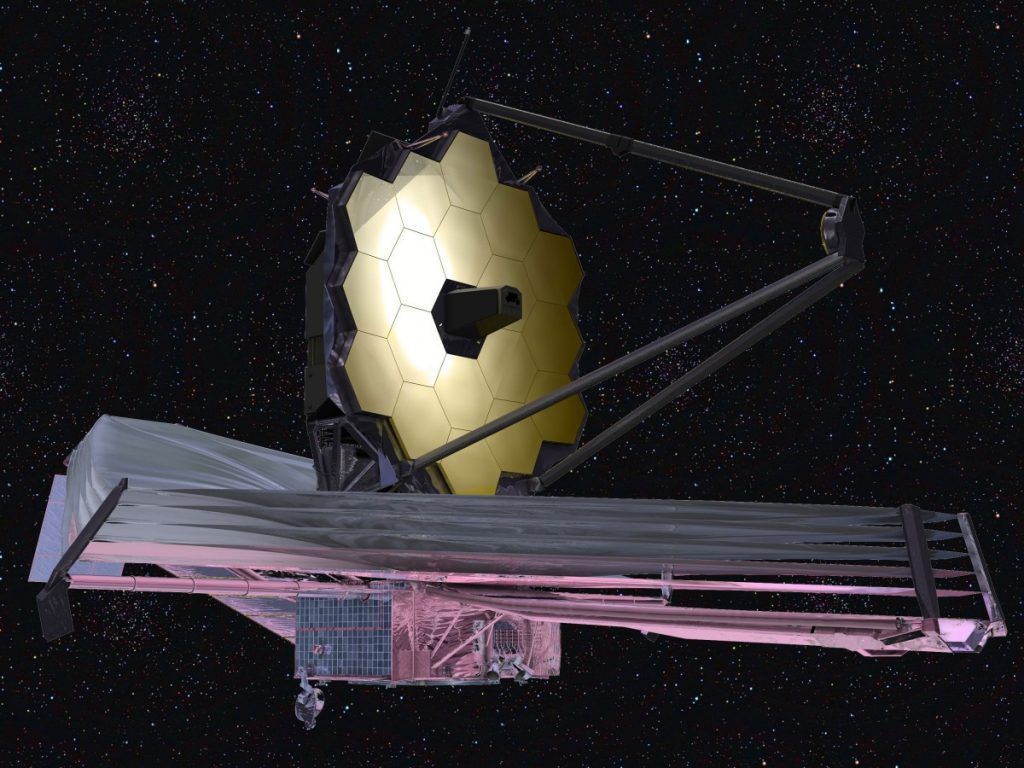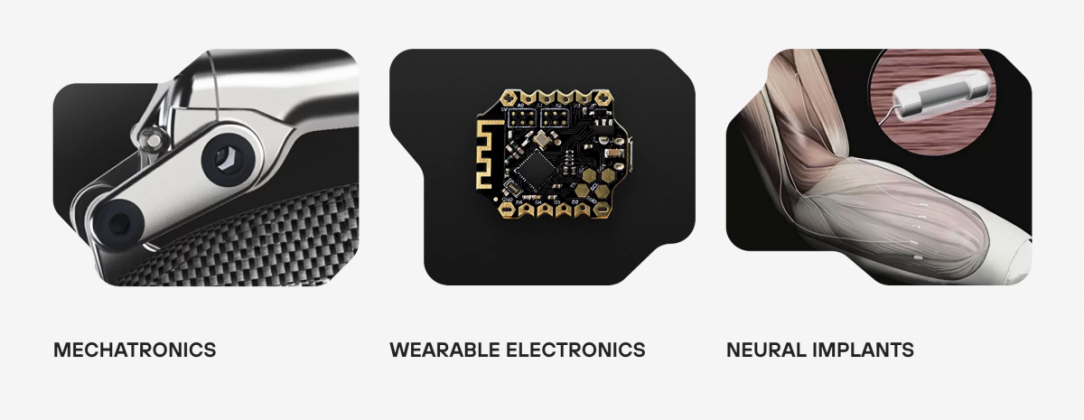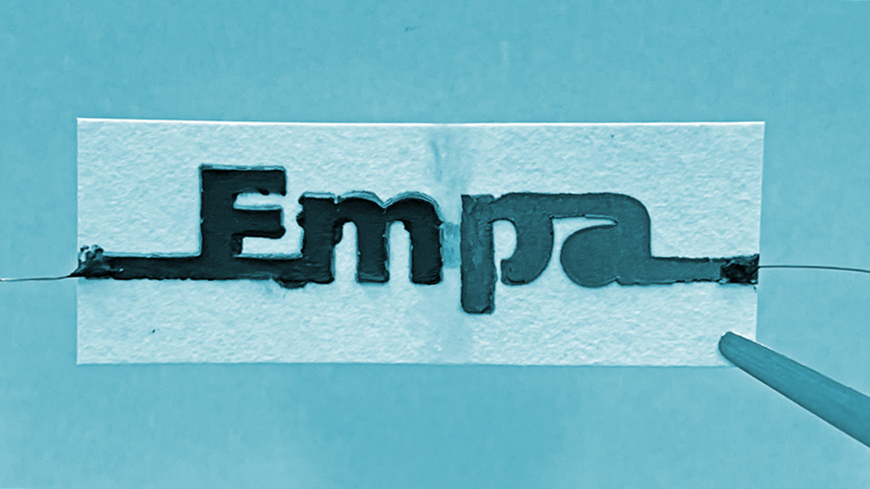Innovation in the tech industry is constantly pushing the boundaries of what we thought was possible, and this year has been no exception. OERLive’s Alvin Thomas deep dives into the world of technology to find out what’s buzzing.
From advancements in Artificial Intelligence to the James Webb Space Telescope, the tech industry has seen a plethora of groundbreaking inventions that are set to change the way we live and work. In this roundup, we’ll be taking a closer look at some of the most exciting and influential tech innovations of the year.
From software that can analyze data in real-time to hardware that can revolutionise the way we interact with the world around us, these are the technologies that are poised to shape the future. So join us as we explore the cutting-edge world of tech innovation and discover the inventions that are set to change the game.
1. NASA James Webb Space Telescope
The James Webb Space Telescope (JWST), currently orbiting a million miles away at the second sun-Earth Lagrange point or L2, has been put into commission by NASA in 2022 as the world’s most powerful space telescope.
Over the next 20 years, as stated by the Space Telescope Science Institute, it will gaze upon celestial objects that formed up to 13.6bn years ago, which is only a few hundred million years after the Big Bang.
In just a few short months, the JWST has already produced stunning images through its near-infrared light observations. Its future targets include studying 100 galaxies at once, six of the brightest and most distant quasars, examining the atmospheres of known exoplanets, or “super-Earths,” and observing the creation of planets and stars.

It will also focus on objects closer to Earth, such as Jupiter and its moons, asteroids, and near-Earth objects. Like its predecessor, the Hubble Space Telescope, the JWST is expected to greatly expand our understanding and knowledge of the universe and our place in it.
2. AI Image Generators

Artificial Intelligence – or AI – may be the buzzword of the decade, but its potential to revolutionise industries far outweighs any negative connotations associated with it. The photography and creative industry is one that has witnessed an AI outburst in 2022, with the introduction of AI generators such as DALL-E, Midjourney, and Stable Diffusion.
These public tools are easy to use, requiring only text prompts from users to generate pieces of art. However, it is important to note that in order to get the desired results, the user must carefully curate the prompt words.
That said, this technology is far from complete. For instance, Google has stated that it will not release its own AI image generator – Imagen – to the public due to the tendency to ‘reinforce gender stereotypes’ and ‘bias towards generating images of people with lighter skin’. Google say that this bias is a result of the training data, which can include inappropriate content such as racial slurs or other explicit content.
Other AI image generators have also faced ethical issues related to copyright and derivative works by scraping art websites for their datasets. Despite any reservations about generative images, it is clear that AI-created art is here to stay.
3. A Bionic Future
Engineering physical challenges in humans have confounded technologists for decades – but a breakthrough product in advanced prosthetics is expected to directly impact the lives of people of determination (PoD).
Enter, the Esper Hand – a prosthetic arm that can be controlled by the wearer’s mind using non-invasive sensors that detect muscle activity or “electrical cues” and transmit this information to trigger actions in the hand.
This technology, known as a brain-computer interface (BCI), is often used by paralysis patients to control machines with their thoughts.
The co-founder of Esper Bionics, Dima Gazda, claims that the arm is three times faster than many other prosthetics currently available.
Esper Hand has five movable digits that can rotate and grip in multiple ways, allowing the wearer to perform everyday tasks such as opening a bottle, driving a car, using kitchen utensils, or tapping a phone screen.
The arm is made from a combination of polyoxymethylene plastic, fluoroplastics, nylon, aluminium, steel, titan, bronze, and three types of silicone, and weighs 380 grams. It comes in four sizes and five colours.
4. Unpolished. Unprocessed. Real
Our dance with modern-day social media pegs this smartphone application as the lesser of all evils – but the grasp of this Instagram rival is real. The BeReal app, an alternative to image-sharing social media applications encourages users to “show your friends who you really are, for once,” by removing filters and opportunities to stage, over-think, or edit photos.
The application has reportedly experienced a surge in popularity this year. According to Social Media Today, downloads of the app have increased by 315 per cent since the beginning of 2022, making it the fourth most downloaded social media app, behind Instagram, Snapchat, and Pinterest.
To put this into context, BeReal was invented in 2020.
5. The Future of Power
Gustav Nyström and his team have developed a battery made of at least one cell that measures one centimeter squared and consists of three inks printed onto a rectangular strip of paper.
The strip of paper contains salt, which in this case is just sodium chloride or table salt, and one of its shorter ends has been dipped in wax. One flat side of the paper has an ink containing graphite flakes, which serves as the positive end of the battery (the cathode), while the reverse side has an ink containing zinc powder, which acts as the negative end of the battery (the anode).
Another ink containing graphite flakes and carbon black is printed on both sides of the paper, on top of the other two inks, and serves as the current collectors connecting the positive and negative ends of the battery to two wires located at the wax-dipped end of the paper.
When a small amount of water is added, the salt within the paper dissolves and releases charged ions, making the electrolyte ionically conductive. These ions activate the battery by spreading through the paper and causing the zinc in the ink at the anode to be oxidized, which releases electrons.
When the circuit is closed, these electrons can be transferred from the zinc-containing anode through the graphite- and carbon black-containing ink, the wires, and the device to the graphite cathode, where they are transferred to and reduce oxygen from ambient air.
These reduction-oxidation (redox) reactions generate an electrical current that can be used to power an external electrical device.












